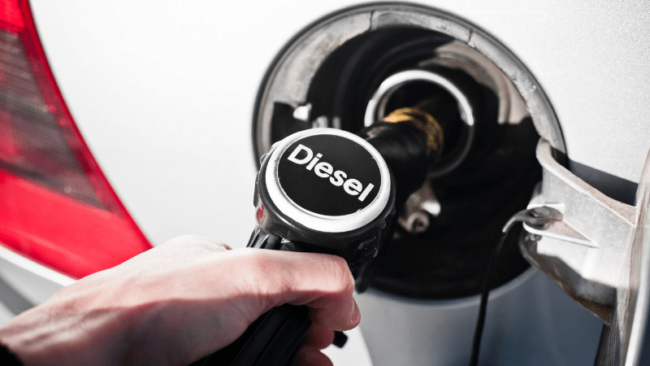Stay connected
Subscribe to our fleet blog and follow us on social media to receive all our fuel and energy industry insights.

Fleet managers in the public sector are being asked and encouraged to reduce carbon emissions by finding alternatives to traditional fossil fuels. For some government entities, this may mean transitioning to fully electric fleet vehicles. Even law enforcement fleets, where the need for speed and acceleration is essential, are replacing their traditional gasoline-powered cruisers with new hybrid cruisers. The hybrids – to the surprise of some – are outperforming traditional gasoline-powered cruisers in critical areas such as acceleration and braking.
For customers who are ready to start adopting electric vehicles into their fleet, WEX can help with the transition to a mixed-energy fleet. However, we recognize that first and foremost, customers need to be assured that they will stay on the road regardless of where they are in the energy transition. As such, if you’re not quite ready to move toward electric fleet vehicles, renewable diesel may be a viable alternative.
Renewable diesel (RD) is a fossil-free alternative to regular fossil-based diesel fuels. It is a synthetic fuel made from agricultural waste products such as animal fats and vegetable oils, including soybean or canola. While RD is chemically identical to petroleum diesel, as a fully renewable and sustainable source of energy, it is a great step on the journey of energy transition.
One of the huge positives of RD is that it is easy. RD is considered a drop-in replacement for conventional diesel and biodiesel because it is processed similarly and is chemically identical to conventional diesel. This means RD may be produced in regular diesel facilities, used in regular diesel engines, and transported and dispensed in the same regular diesel network. Therefore, an entire fleet could be converted to RD overnight.
Because RD is produced from lower-carbon materials such as waste, agricultural oils, and fats, and because it is created through the process of hydrotreating, it burns much cleaner than conventional diesel. A National Renewable Energy Laboratory (NREL) study found renewable diesel reduced both carbon dioxide and nitrogen oxide emissions when compared with petroleum diesel. California’s Low Carbon Fuel Standard (LCFS) certified carbon intensities report shows renewable diesel reduces carbon intensity on average by 65 percent when compared with petroleum diesel.
During the processing (transesterification) of biodiesel, oxygen is introduced into the fuel, which can introduce cultures that may gum up fuel lines and filters. The excess oxygen in biodiesel also causes it to perform poorly in cold environments. With the hydrotreating process, there is zero oxygen introduced into renewable diesel, making it a much more effective replacement fuel for cold environments.
For some fleet managers, renewable diesel is a viable alternative to conventional diesel and an achievable stepping stone toward an electric fleet or mixed-energy fleet. The reduction of greenhouse gasses and carbon intensity – along with the elimination of dependence on fossil fuels – makes RD an appealing alternative.
WEX speaks the language of small business operators. Whether you’re looking to modernize your insight and reporting efforts, save on fuel costs or take advantage of the latest GPS tracking technologies, WEX offers solutions to simplify the business of running a business. To learn more about WEX, a dynamic and nimble global organization, please visit our About WEX page.
Learn more on how to better manage your government fleet:
Editorial note: This article was originally published on December 13, 2020, and has been updated for this publication.
Subscribe to our fleet blog and follow us on social media to receive all our fuel and energy industry insights.